Do you want EASY vegetables to grow in spring?
Do you want a spring garden, but don’t know where to start?
Based on personal experience, scientific studies, and extensive research, I have created a list of 20 BEST Vegetables to Grow in Spring.
The goal of this article is to provide you with the Easiest Vegetables to Grow.
And scroll down to the bottom for answers to frequently answered questions.
20 BEST Vegetables to Grow in Spring
Below, you will find the 20 BEST Vegetables to Grow in Spring.
1. Spinach
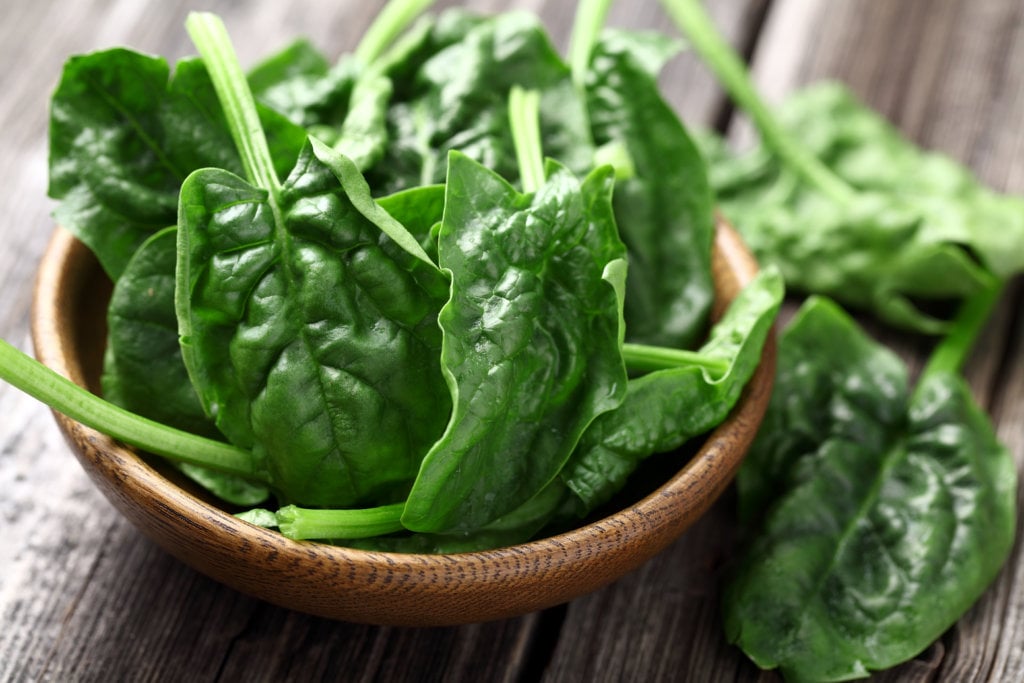
Spinach is a nutritious vegetable that is grown in both cold and warm weather. It contains high amounts of vitamin B6, B9, C, and Folic Acid.
You can plant it in gardening containers and grow it inside or you can grow it in a raised garden bed or in a pot that is protected by frost and grow it throughout spring.
- When to Plant: Start in Late fall for a Garden or early January for a spring garden
- How to Grow it: Plant 4-6 inches deep. Plant 6-8 inches apart.
- Watering Needs: Water Immediately after planting and then twice a week for 15 seconds.
- Where to place it: Partial-Sun
- Life Cycle: Annual Plant
- When to Harvest: Slowly pick 30 days after planting
2. Lettuce
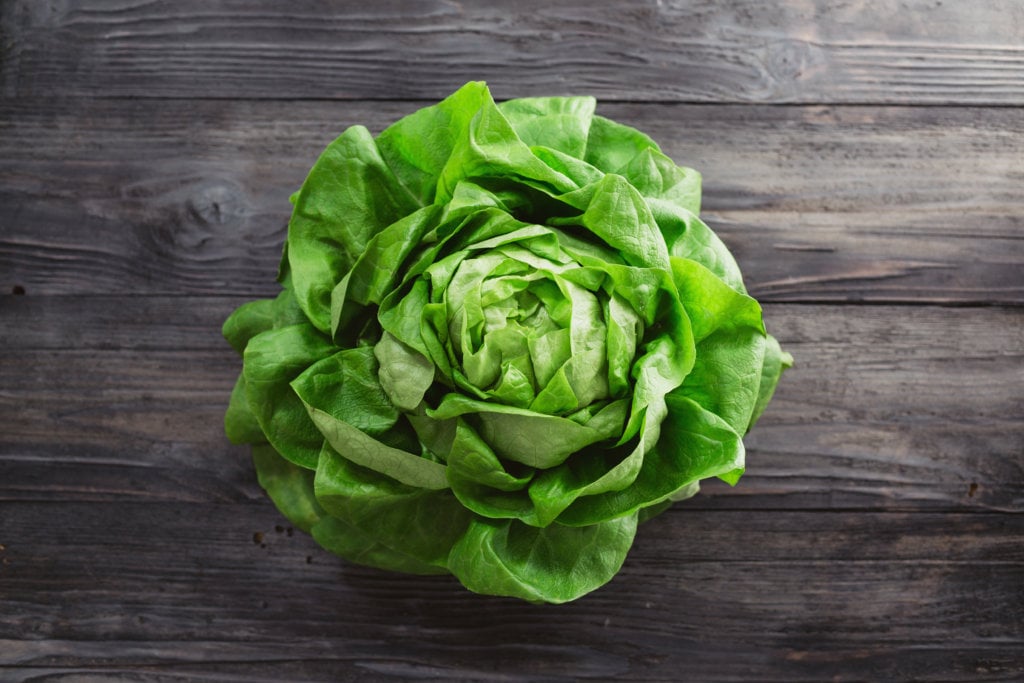
Lettuce is another nutritious plant that is cold hardy and can flourish in warm weather. It is high in fiber and manganese.
Lettuce is the perfect plant for spring gardening, whether you grow it in a gardening container or a raised garden bed.
- When to Plant: Late Winter for raised garden beds
- How to Grow it: Plant 4-6 inches deep. Plant 6-8 inches apart.
- Watering Needs: Water Immediately after planting and then twice a week for 15 seconds.
- Where to place it: Partial-Sun
- Life Cycle: Annual Plant
- When to Harvest: Slowly pick 30 days after planting
3. Asian Greens
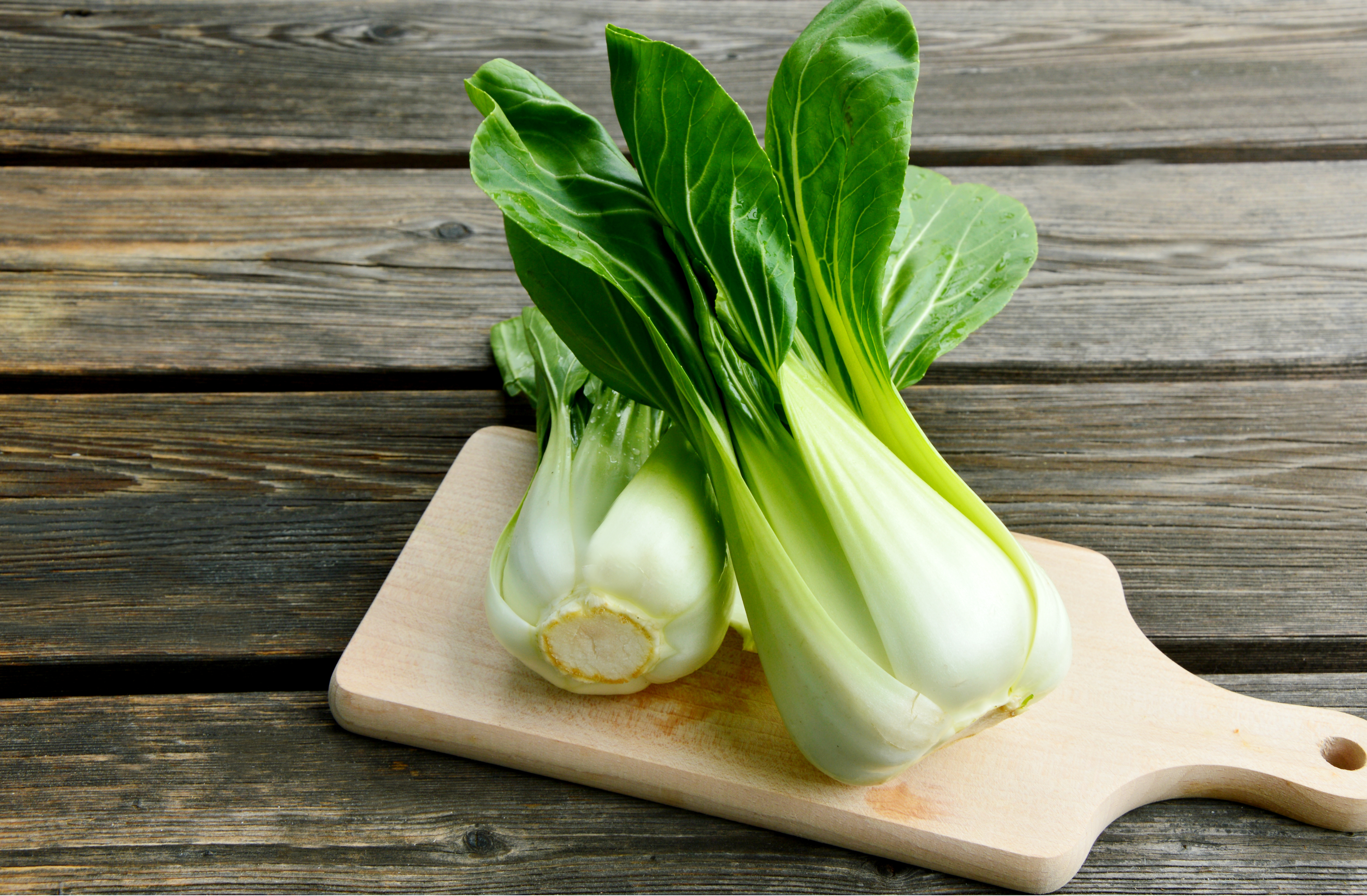
Asian greens are one of the most nutritious foods on this list. And best of all, they can be grown at any time of the year. Asian greens contain vitamins A, B, C, E, and K.
While you can grow asian greens in spring outdoors they typically will thrive in a gardening container by a window!
- Container Size: 5-gallon window box
- When to Plant: Late December or Early January depending when you want to harvest
- How to Grow it: Plant 6 inches deep. Plant 8-10 inches apart.
- Watering Needs: Water Immediately after planting and then twice a week for 15 seconds.
- Where to place it: Partial-Sun
- Life Cycle: Annual Plant
- When to Harvest: Slowly pick 45 days after planting
4. Onions
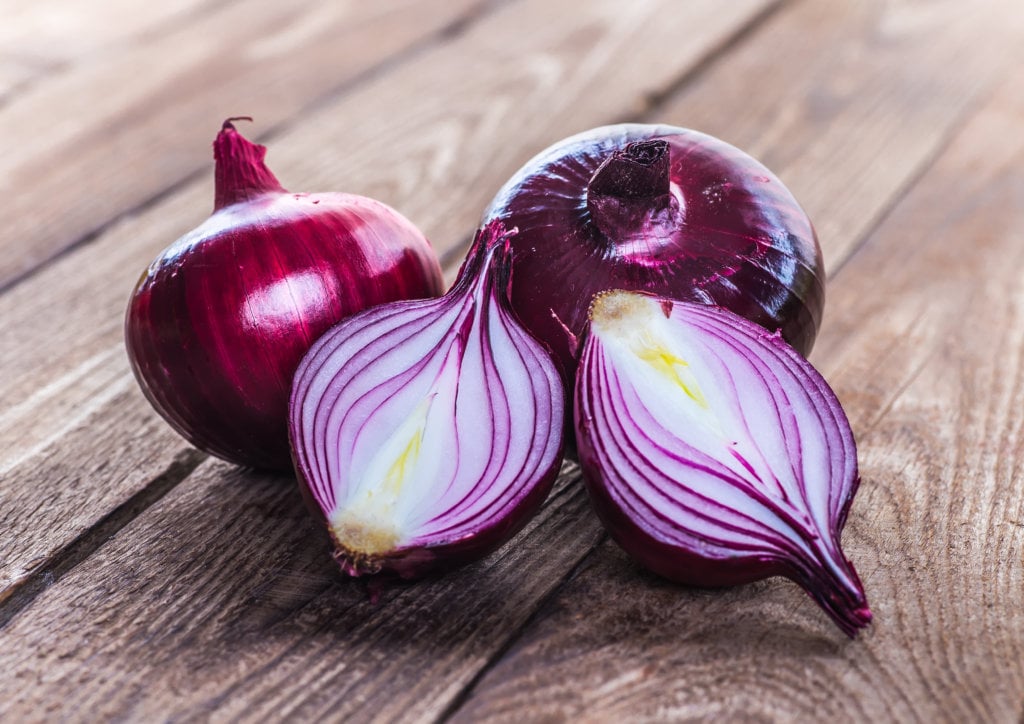
Onions are the perfect vegetable for fiber, folic acid, and vitamin C.
While onions typically only can be planted in the spring in your garden, they can be planted all winter long indoors in a gardening pot!
- When to Plant: Immediately after first frost of the year
- How to Grow it: Plant 6 inches deep. Plant 6 inches apart.
- Watering Needs: Water Immediately after planting and then once a week for 15 seconds.
- Where to place it: Full-Sun
- Life Cycle: Annual Plant
- When to Harvest: Slowly pick 90 days after planting
5. Green Onions
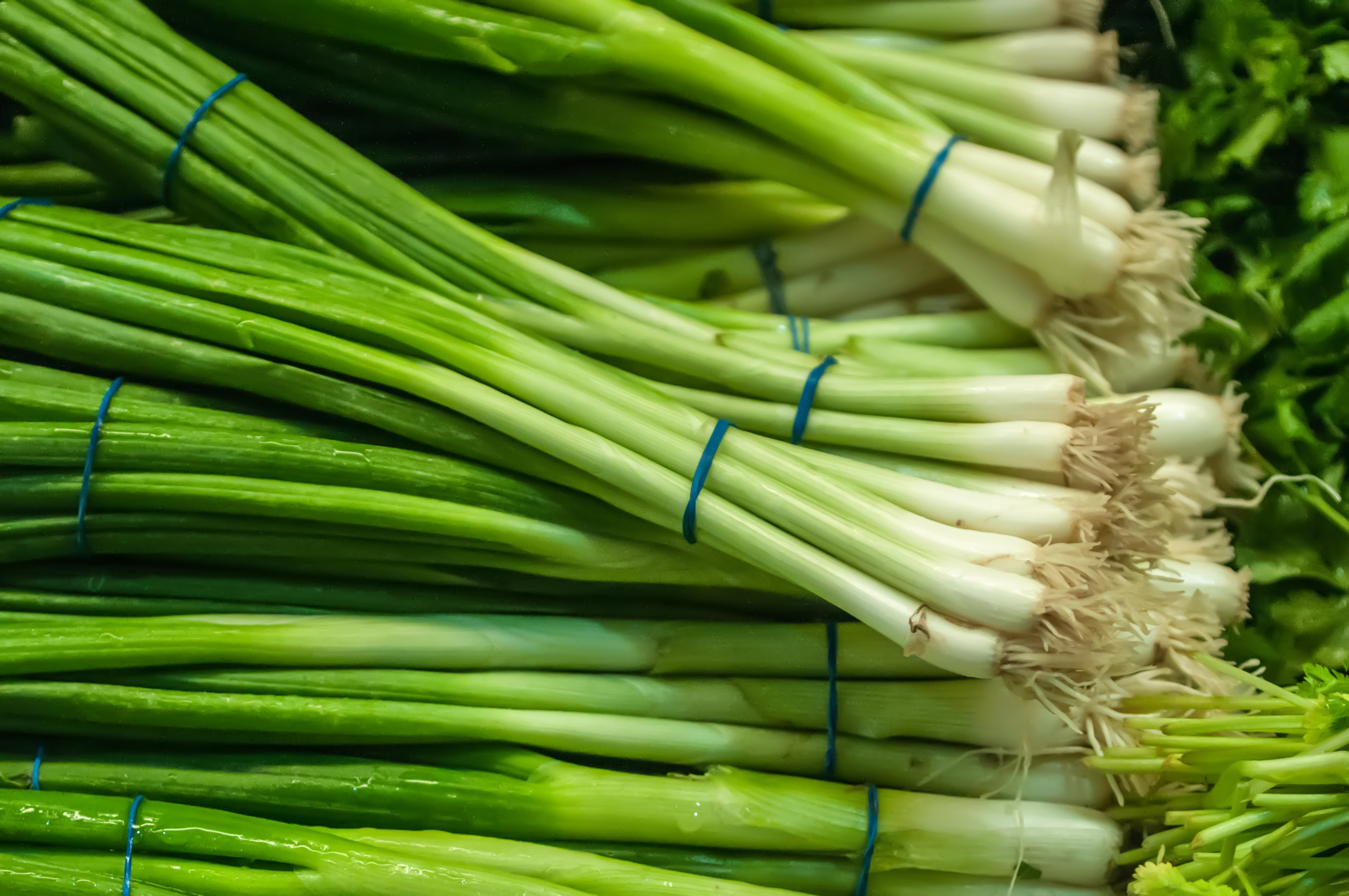
Green Onions are a great source of Vitamins A, C, & K. In addition, it is a good source of Folic acid and Riboflavin.
Green Onions is another cold hardy plant that can be planted immediately after the last frost. Because you grow them in raised garden beds or gardening pots they can be harvested almost all year.
- When to Plant: Immediately after last frost
- How to Grow it: Plant 3 inches deep. Plant 6 inches apart.
- Watering Needs: Water Immediately after planting and then once a week for 15 seconds.
- Where to place it: Full-Sun
- Life Cycle: Perennial Plant
- When to Harvest: Slowly pick 90 days after planting
6. Radishes
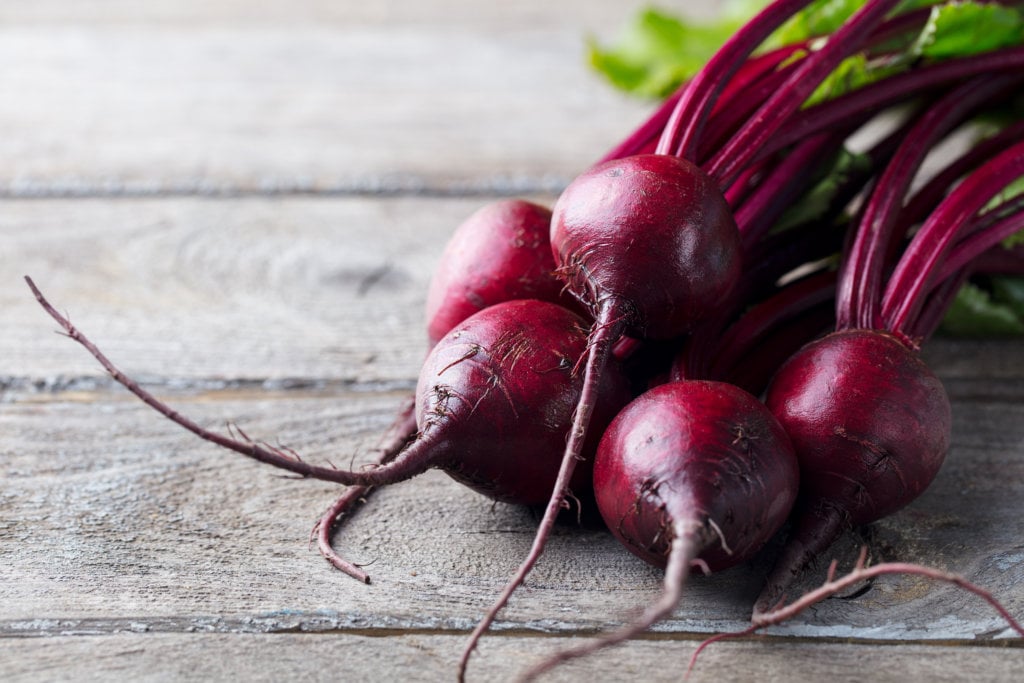
Radishes provide a great source of Vitamin C, Folate, and Potassium. It is one of the many easy vegetables to grow in raised garden beds.
Radishes are another cold hardy vegetable that can be grown in early spring. Whether your raised garden bed is in the ground on above the ground or you grow them in gardening containers radishes are perfect for them!
- When to Plant: Early Spring
- How to Grow it: Plant 6 inches deep. Plant 6 inches apart.
- Watering Needs: Water Immediately after planting and then once a week for 15 seconds.
- Where to place it: Partial-Sun
- Life Cycle: Annual Plant
- When to Harvest: Slowly pick 90 days after planting
7. Asparagus

Asparagus is one of my favorite perennial vegetables to grow in raised garden beds. It is a great source of vitamin A, C, E, and K. It also folate, copper, and iron.
Asparagus can be planted immediately after the first frost. And you can leave it in your raised garden all year knowing it will come up every year!
- When to Plant: Immediately after first frost
- How to Grow it: Plant 3-4 inches deep. Plant 3-6 inches apart.
- Watering Needs: Water Immediately after planting and then once a week for 15 seconds.
- Where to place it: Partial-Sun
- Life Cycle: Perennial Plant
- When to Harvest: Slowly pick 90 days after planting
8. Artichokes

Artichokes are another great perennial plant that has a strong source of vitamins C, K, and Folate.
This is another vegetable you want to plant after the first frost and will come up every year. Because it is a perennial vegetable it is a great option for all raised garden beds. You can also grow them in a gardening container, but you’ll have to leave them indoors all year.
- When to Plant: Immediately after last spring frost
- How to Grow it: Plant 4-6 inches deep. Plant 6 inches apart.
- Watering Needs: Water Immediately after planting and then twice a week for 15 seconds.
- Where to place it: Partial-Sun
- Life Cycle: Perennial Plant
- When to Harvest: Slowly pick 90 days after planting
9. Peppers
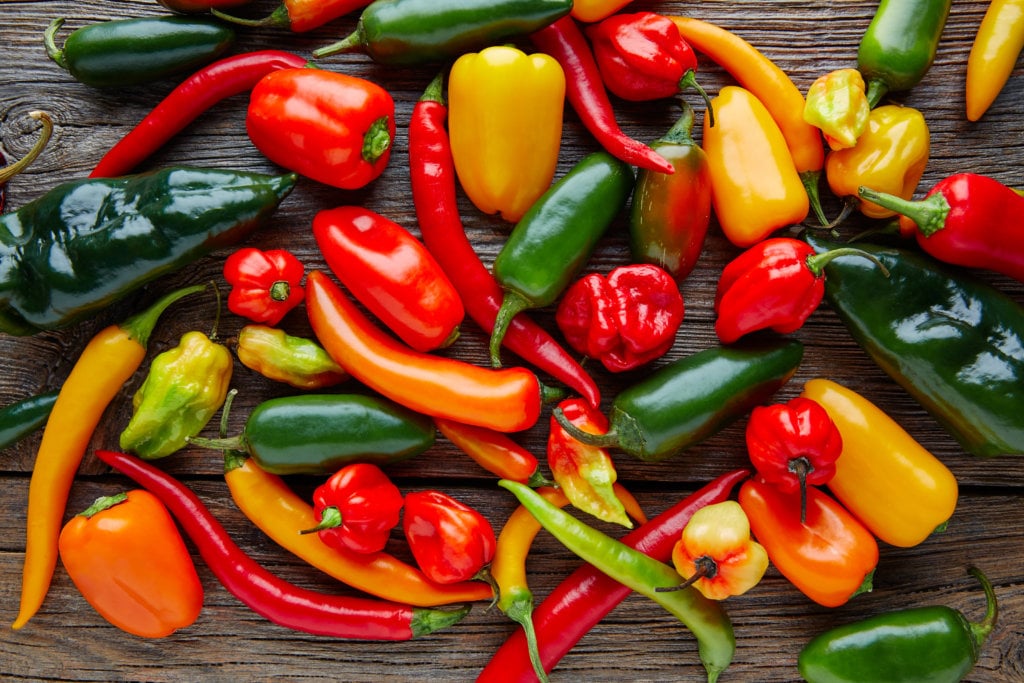
Peppers are my favorite vegetable. They are a great source of iron and vitamin C.
Peppers can be grown in the spring. It isn’t easy though. You will need to grow them in a greenhouse or in a warm section of your house.
- When to Plant: Early Spring
- How to Grow it: Plant 6-8 inches deep. Plant 12-14 inches apart.
- Watering Needs: Water Immediately after planting and then two to three times a week for 15 seconds.
- Where to place it: Full-Sun
- Life Cycle: Annual Plant
- When to Harvest: Slowly pick 90 days after planting
10. Tomatoes

Tomatoes were recently voted the most popular vegetable in the United States. They are rich in vitamin C, potassium, and folate. This is one of the surprisingly easy vegetables to grow in raised garden beds.
Tomatoes are another plant that can be grown in spring in a greenhouse or even some variants can be grown in a warm, well-lit area of your house.
- When to Plant: Early Spring
- How to Grow it: Plant 8-10 inches deep. Plant 14 inches apart.
- Watering Needs: Water Immediately after planting and then two to three times a week for 15 seconds.
- Where to place it: Full-Sun
- Life Cycle: Annual Plant
- When to Harvest: Slowly pick 90 days after planting
11. Chard
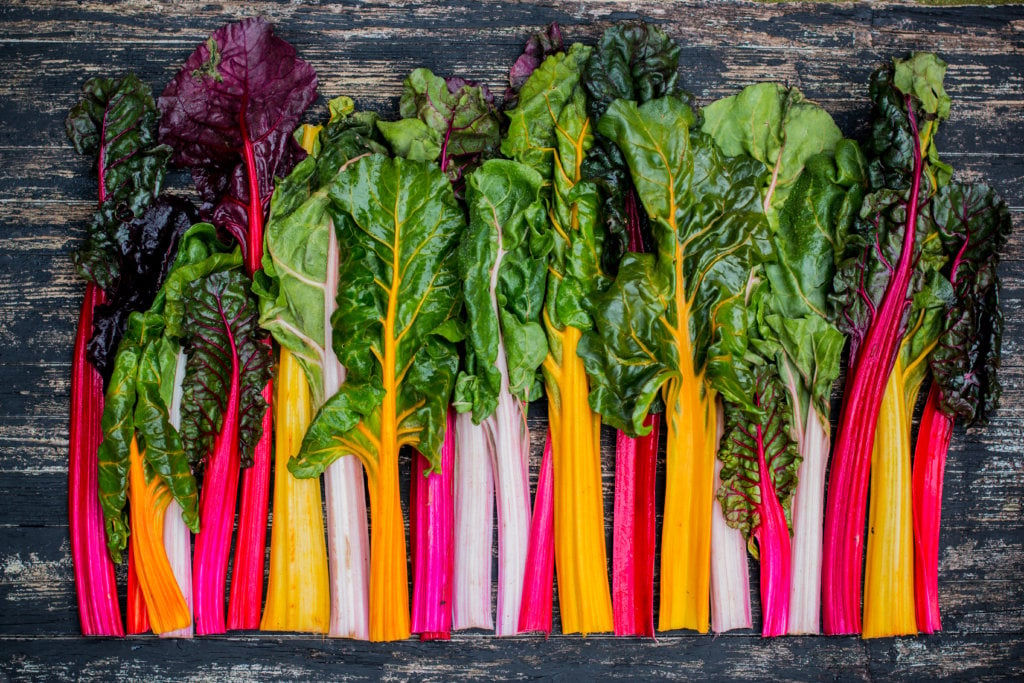
Swiss chard is one of the least known, but most beneficial vegetables. This vegetable is rich in vitamin c, folic acid, iron, and potassium.
Swiss Chard is a cold hardy plant that can be planted in early spring or even early spring. You can even start your chard seeds in the raised garden bed.
This vegetable is used in fish dishes, salads, and or even eaten raw.
- When to Plant: Early Spring
- How to Grow it: Plant 4-6 inches deep. Plant 6 inches apart.
- Watering Needs: Water immediately after planting and then two to three times a week for 15 seconds.
- Where to place it: Partial-Sun
- Life Cycle: Annual Plant
- When to Harvest: Slowly pick 60 days after planting
12. Kohlrabi
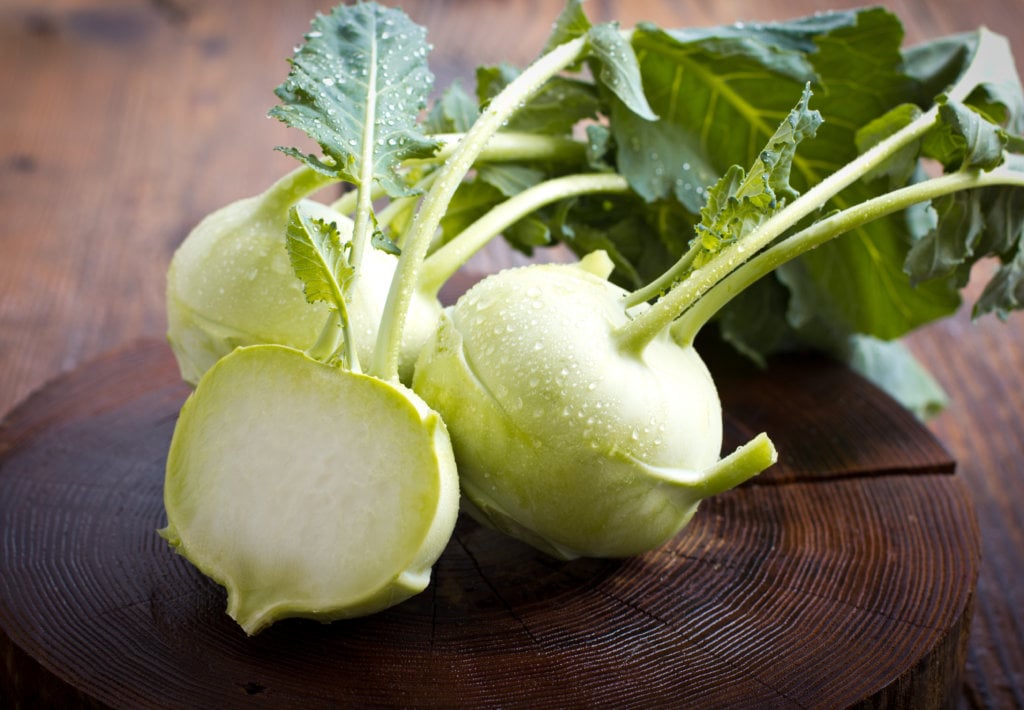
Kohlrabi is becoming an increasingly popular vegetable in the United States. It is a high source of Thiamin, Folate, Magnesium, and Phosphorous.
Kohlrabi can be planted immediately after the first frost of the year in gardening pots indoors. By planting Kohlrabi indoors you can get three plantings a year.
- When to Plant: Immediately after the first forst.
- How to Grow it: Plant 6 inches deep. Plant 6-8 inches apart.
- Watering Needs: Water Immediately after planting and then two to three times a week for 15 seconds.
- Where to place it: Partial-Sun
- Life Cycle: Annual Plant
- When to Harvest: Slowly pick 60 days after planting
13. Carrots
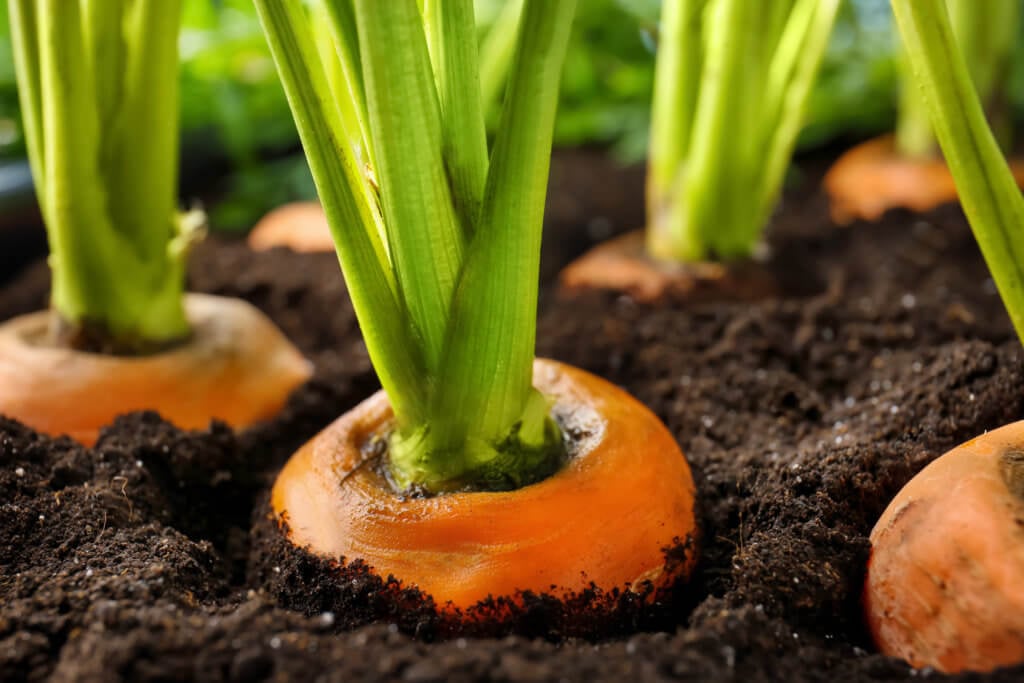
If you follow my instructions carrots are incredibly easy to grow. And they are a great source of vitamin A, K, and potassium.
Typically, you will plant carrots one month after the last spring frost. But in early spring you can start carrots and be able to harvest them in late fall or early winter.
- When to Plant: One month after the last frost.
- How to Grow it: Plant 4-6 inches deep. Plant 3-4 inches apart.
- Watering Needs: Water Immediately after planting and then two to three times a week for 15 seconds.
- Where to place it: Full-Sun
- Life Cycle: Annual Plant
- When to Harvest: Slowly pick 100 days after planting
14. Broccoli

Broccoli is another fantastic vegetable for gardeners. It is a great source of protein, thiamin, and vitamin E.
Broccoli is a cold hardy plant that can be planted immediately after the last frost. In a raised garden bed it can even be planted more than once.
- When to Plant: Immediately after the last frost.
- How to Grow it: Plant 6-8 inches deep. Plant 12 inches apart.
- Watering Needs: Water Immediately after planting and then two to three times a week for 15 seconds.
- Where to place it: Partial-Sun
- Life Cycle: Annual Plant
- When to Harvest: Slowly pick 90 days after planting
15. Beets
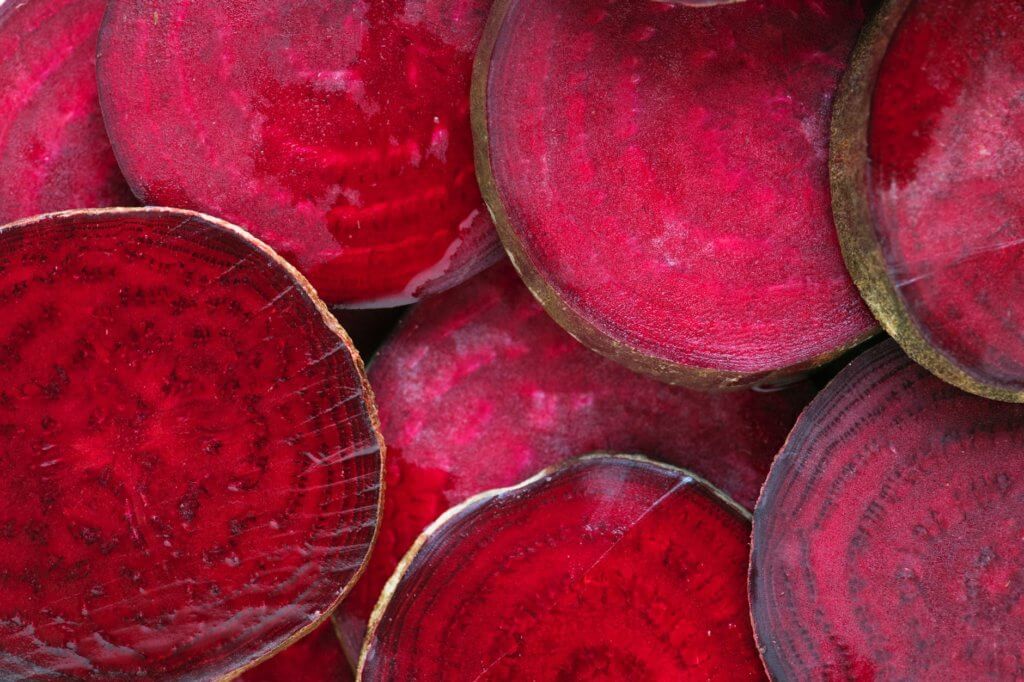
Beets may not be a favored plant among gardeners, but it is high in nutrients. It is an excellent source of fiber, folate, potassium, and vitamin C.
Beets are another vegetable that can be sown directly into a gardening pot after the first of the year and can be grown indoors all year.
- When to Plant: Immediately after the first frost.
- How to Grow it: Plant 6-8 inches deep. Plant 6 inches apart.
- Watering Needs: Water Immediately after planting and then two to three times a week for 15 seconds.
- Where to place it: Partial-Sun
- Life Cycle: Annual Plant
- When to Harvest: Slowly pick 90 days after planting
16. Kale
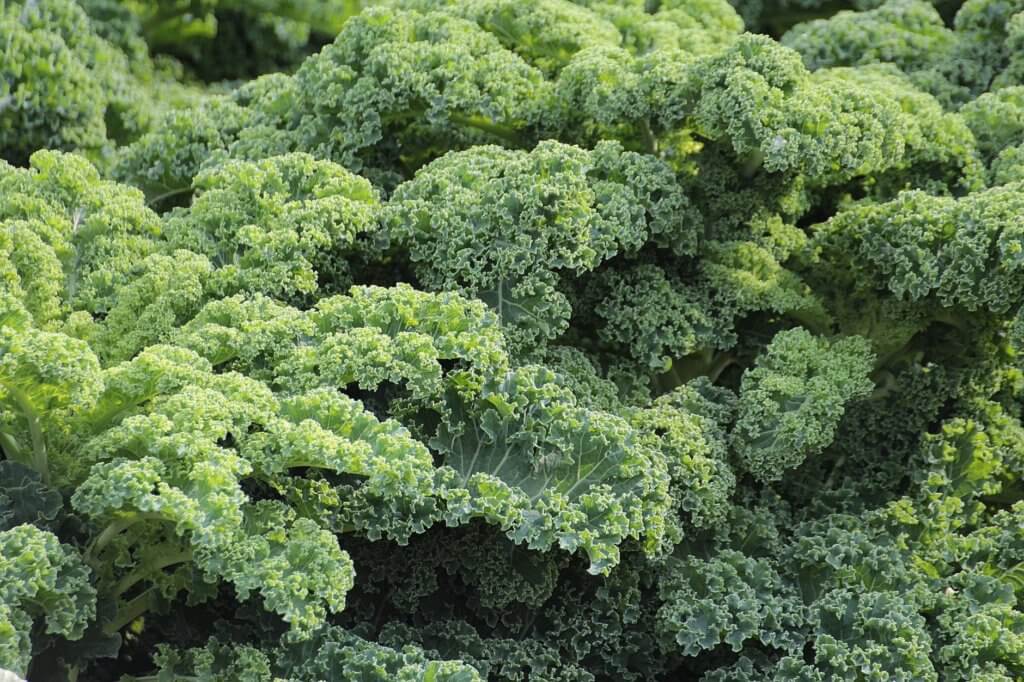
Kale has fastly become one of the most popular vegetables in the world. This vegetable has fiber, protein, almost every vitamin, and iron.
Kale is a cold hardy vegetable that can be grown throughout the entire year. It is the only vegetable that can truly be year all year long.
- When to Plant: Anytime
- How to Grow it: Plant 6 inches deep. Plant 6 inches apart.
- Watering Needs: Water Immediately after planting and then two to three times a week for 15 seconds.
- Where to place it: Partial-Sun
- Life Cycle: Annual Plant
- When to Harvest: Slowly pick 90 days after planting
17. Eggplant

Eggplants are one of the most hearty vegetables on this list. They are a rich source of fiber, potassium, and vitamin C.
Eggplants are the hardest plant to grow in the spring, but it still can be done. It is best to grow eggplants in a greenhouse in the spring.
- When to Plant: Early Spring
- How to Grow it: Plant 6-8 inches deep. Plant 12 inches apart.
- Watering Needs: Water Immediately after planting and then two to three times a week for 15 seconds.
- Where to place it: Full-Sun
- Life Cycle: Annual Plant
- When to Harvest: Slowly pick 90 days after planting
18. Green Beans
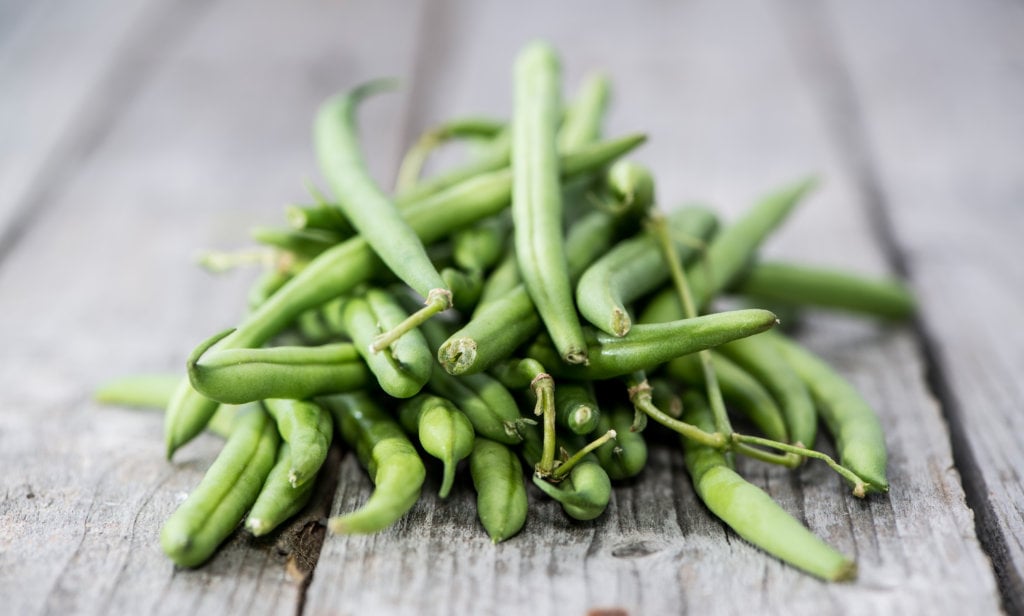
While there are many beans out there, green beans are the best for raised garden beds. Green beans are a high source of folate, fiber, and potassium.
Green Beans are another vegetable that can be grown indoors but thrive in a greenhouse.
- When to Plant: Early Spring
- How to Grow it: Plant 3 inches deep. Plant 3-4 inches apart.
- Watering Needs: Water Immediately after planting and then two to three times a week for 15 seconds.
- Where to place it: Full-Sun
- Life Cycle: Annual Plant
- When to Harvest: Slowly pick 60 days after planting
19. Sweet Peas
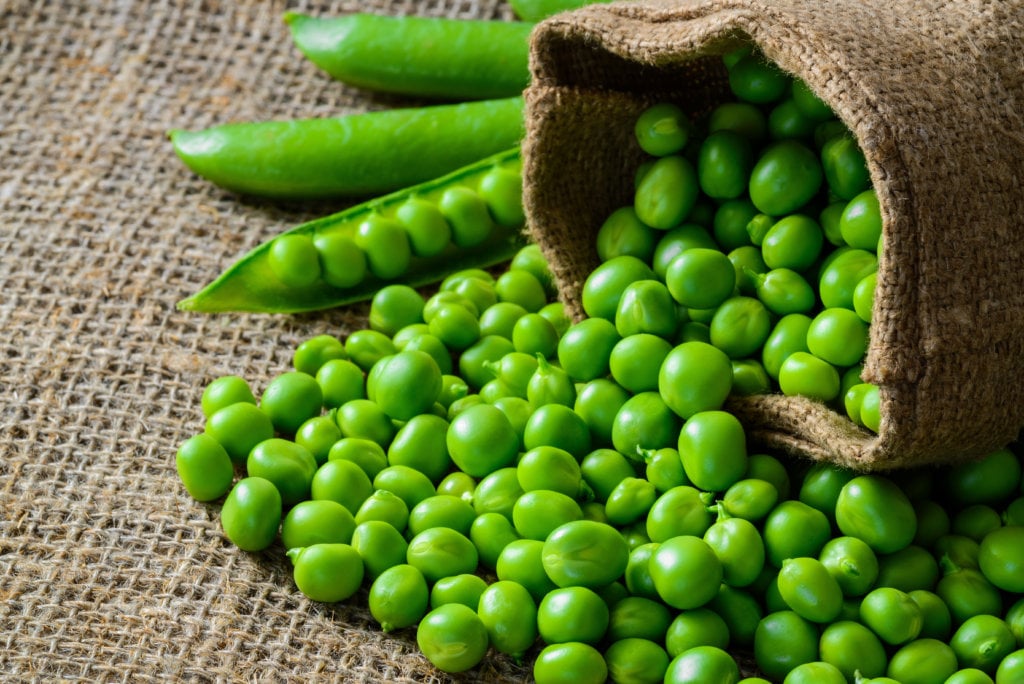
How delicious are sweet peas? They are also very nutritious. These vegetables are a high source of protein, riboflavin, and niacin.
Sweet Peas are the perfect outdoor spring vegetable to grow. It thrives in the spring and tastes sweeter the colder it is.
- When to Plant: Anytime during spring
- How to Grow it: Plant 3 inches deep. Plant 3-4 inches apart.
- Watering Needs: Water Immediately after planting and then two to three times a week for 15 seconds.
- Where to place it: Full-Sun
- Life Cycle: Annual Plant
- When to Harvest: Slowly pick 60 days after planting
20. Cauliflower
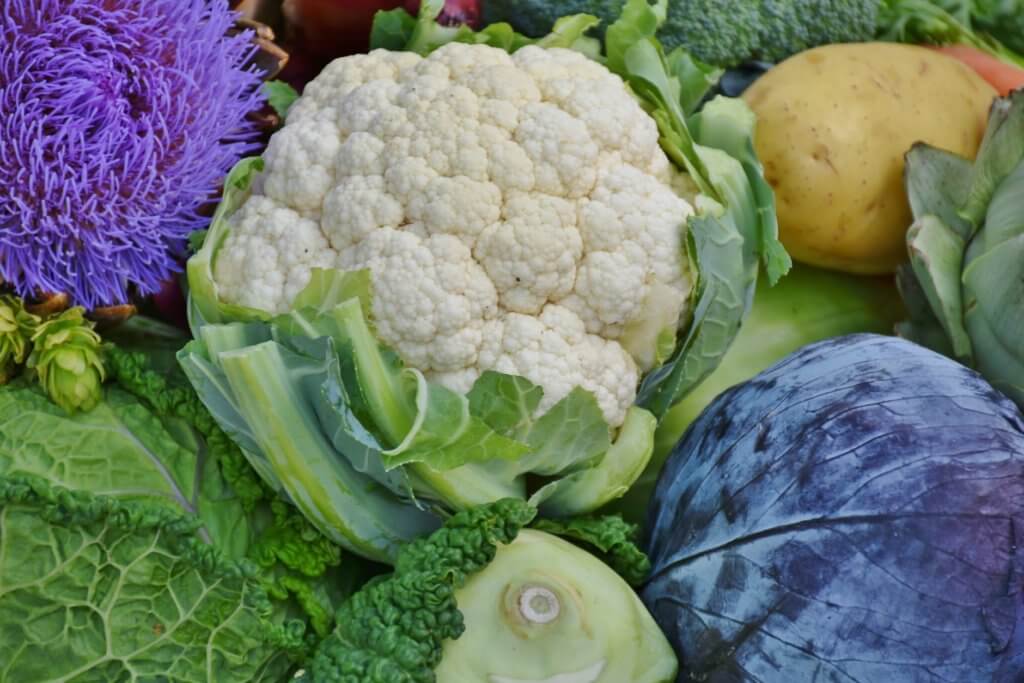
Cauliflower is a very similar plant to broccoli in regards to how you plant, care, and harvest it. It is an excellent source of fiber and multiple B vitamins.
Cauliflower is another great option for greenhouses and indoor gardening due to how quickly it can grow and be harvested.
- When to Plant: Early Spring
- How to Grow it: Plant 6-8 inches deep. Plant 12 inches apart.
- Watering Needs: Water Immediately after planting and then two to three times a week for 15 seconds.
- Where to place it: Partial-Sun
- Life Cycle: Annual Plant
- When to Harvest: Slowly pick 60 days after planting
Bonus – EASY Herbs to Grow in Spring
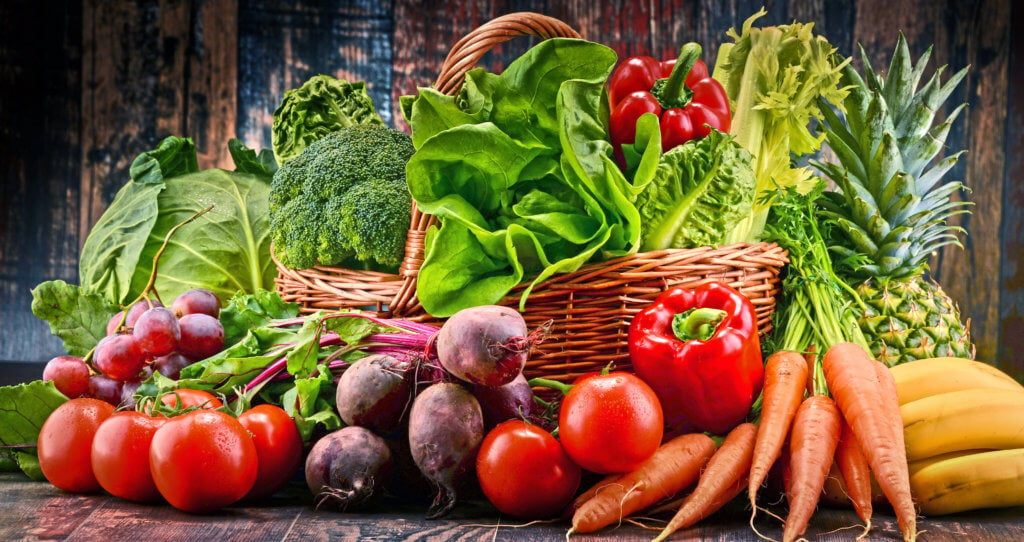
While this article is focused on EASY vegetables to grow in spring, there are also plenty of herbs I recommend growing in raised garden beds, greenhouses, or gardening containers.
Below, is a list of 10 EASY Herbs to Grow in Spring
Bonus – EASY Fruits to Grow in Spring
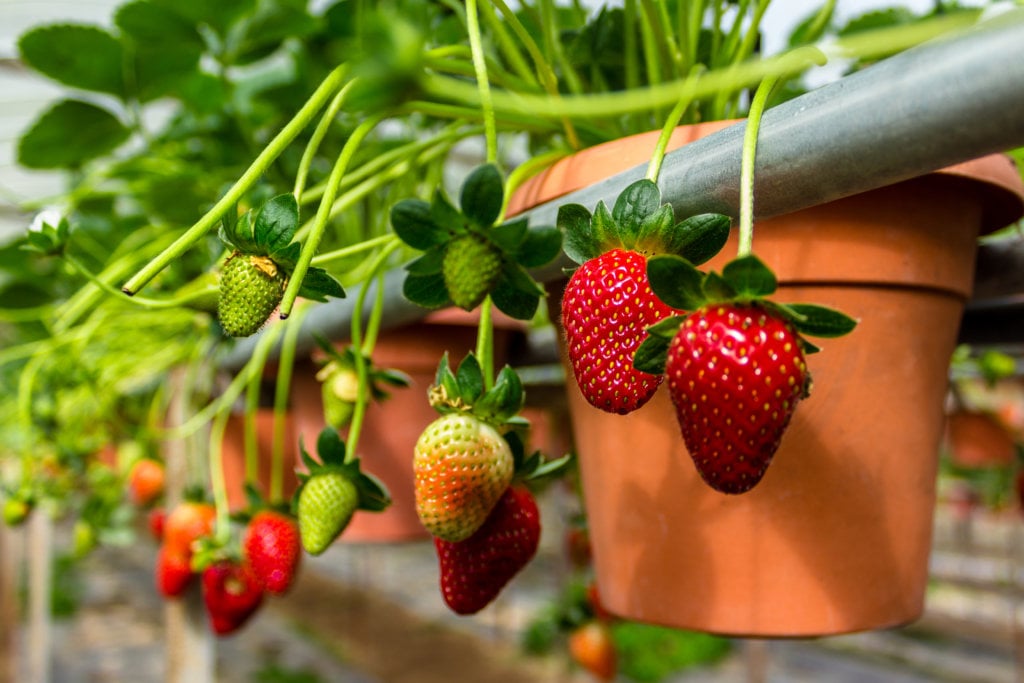
In addition to vegetables and herbs, there are also incredibly EASY fruits to grow in spring